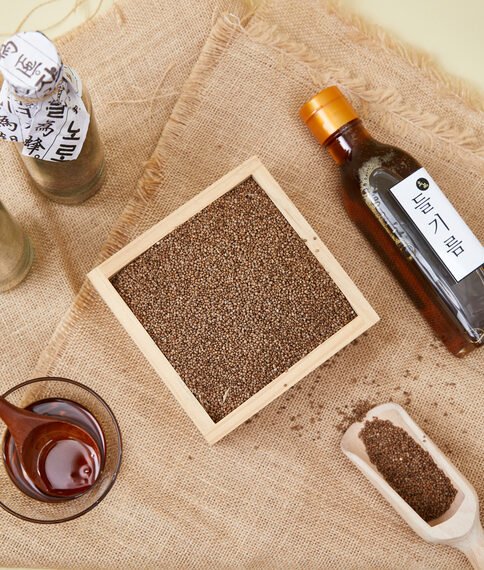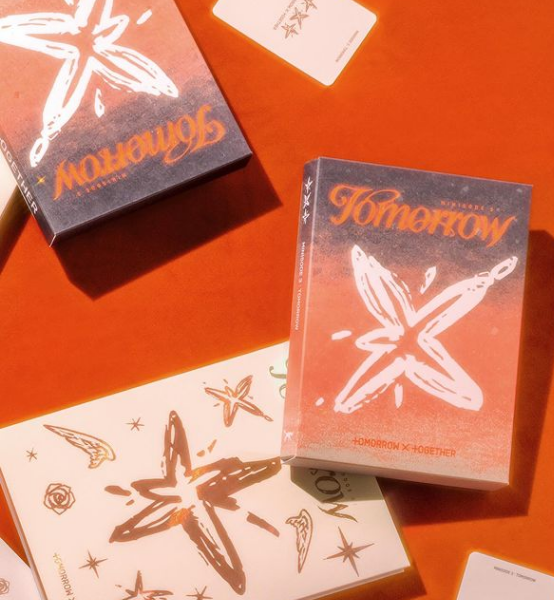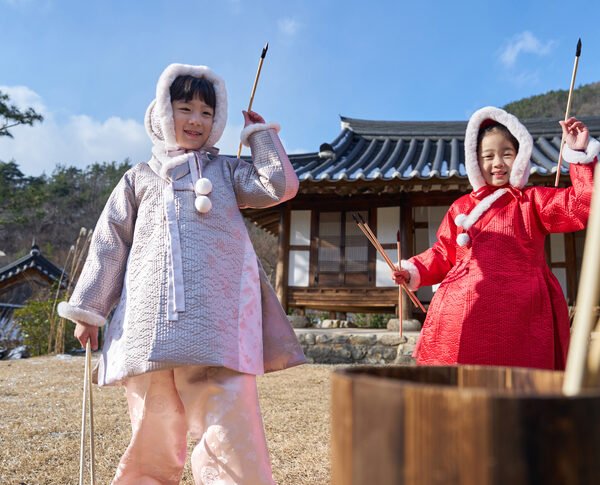If you’re a fan of Korean cuisine or planning to try it for the first time, then you’re in for a treat! Korean food has become incredibly popular worldwide, and for good reason. Not only are the dishes delicious, but they also offer a wide range of flavors and health benefits. However, for English speakers, pronouncing Korean food names can be a bit challenging. Luckily, a Ukrainian company called Promova has created a self-learning Korean language course that can help you master the language and pronounce Korean food names correctly. In this article, we’ll explore some popular Korean dishes and their pronunciation, so the next time you visit a Korean restaurant, you’ll be able to confidently order your favorite dishes.
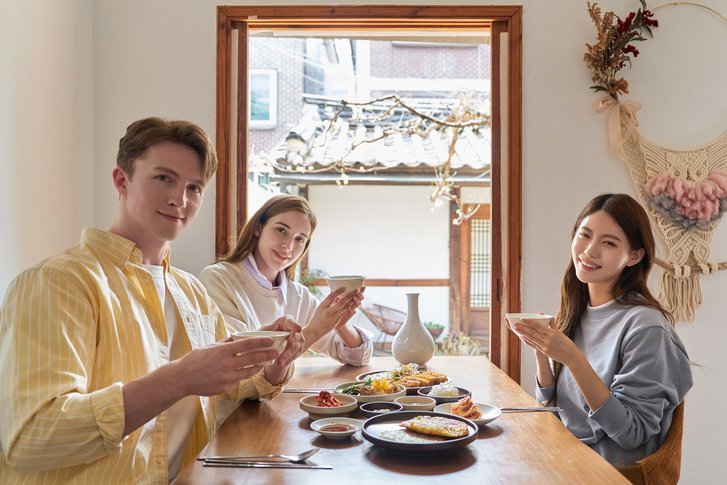
Types of Korean Foods
Kimchi
Kimchi is a staple in Korean cuisine and is a side dish made from salted and fermented vegetables, typically Chinese cabbage. It has a unique tangy and spicy flavor that is beloved by many. Kimchi is also known for its numerous health benefits due to the fermentation process, which creates beneficial probiotics for gut health.
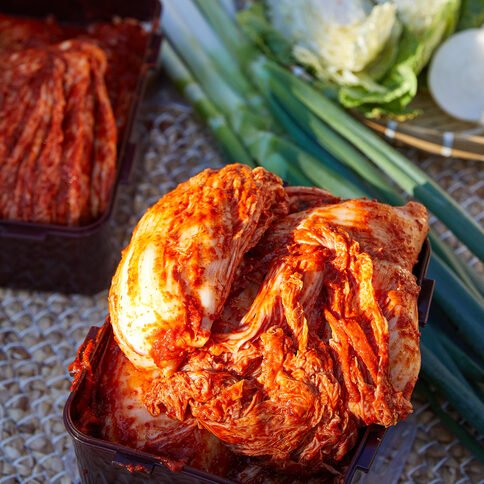
Bibimbap
Bibimbap is a popular Korean rice dish that is usually served with meat and assorted vegetables. The name “bibimbap” literally translates to “mixed rice,” as the dish is traditionally eaten by mixing all the ingredients together. It is a colorful and flavorful dish that offers a variety of textures and tastes.
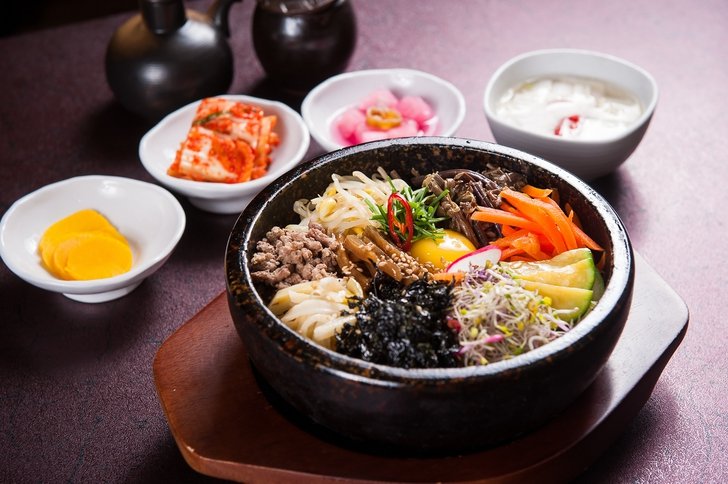
Naengmyeon
Naengmyeon is a cold noodle dish that is perfect for the hot summer months. The noodles are typically made from buckwheat or sweet potato starch and are served in a icy cold broth. The dish is often topped with cucumber, radish, and boiled egg. Naengmyeon is a refreshing and satisfying dish that is enjoyed by many.

Japchae
Japchae is a stir-fried noodle dish that is made with glass noodles, assorted vegetables, and meat. It is typically seasoned with soy sauce and sesame oil, giving it a rich and savory flavor. Japchae is a versatile dish that can be enjoyed as a side dish or a main course.
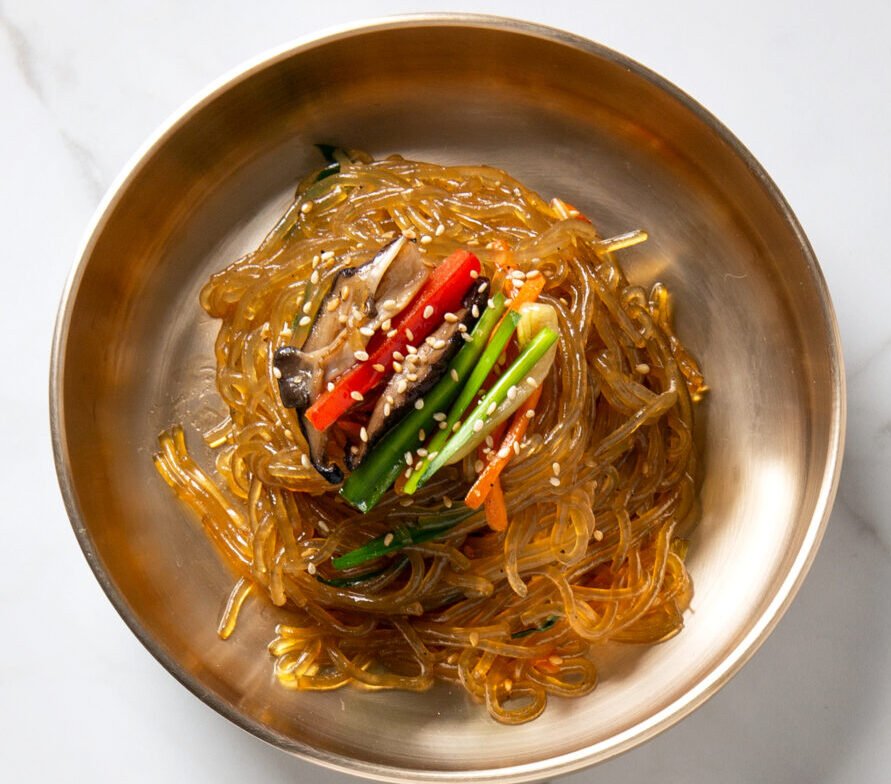
Banchan
Banchan refers to a variety of side dishes that are served with a Korean meal. These side dishes can range from kimchi and pickled vegetables to seasoned spinach and marinated tofu. Banchan offers a diverse range of flavors, textures, and colors that complement the main dish and create a balanced meal.

Mandu
Mandu are Korean dumplings that are usually filled with a mixture of meat, vegetables, and seasoning. They can be steamed, boiled, or pan-fried, and are often enjoyed as a snack or a part of a larger meal. Mandu are delicious and satisfying, and can be enjoyed with a dipping sauce or added to soups.
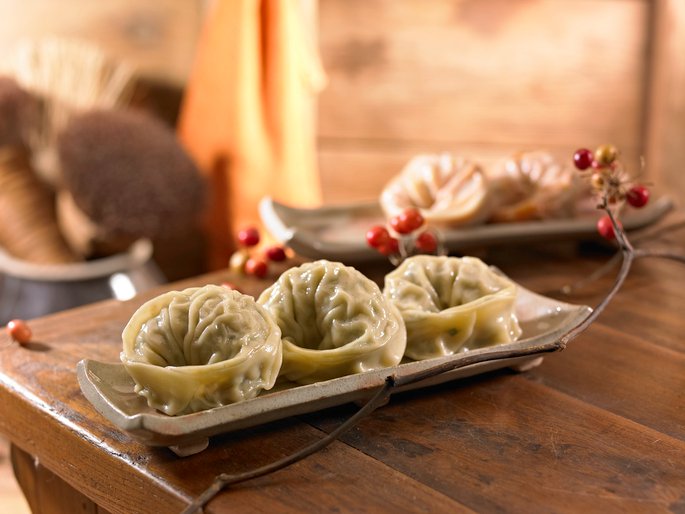
Doenjang-jjigae
Doenjang-jjigae is a traditional Korean stew made with soybean paste, vegetables, and often tofu or meat. It has a rich and savory flavor that is enhanced by the fermented soybean paste. Doenjang-jjigae is a comforting and hearty dish that is often enjoyed with a bowl of steamed rice.
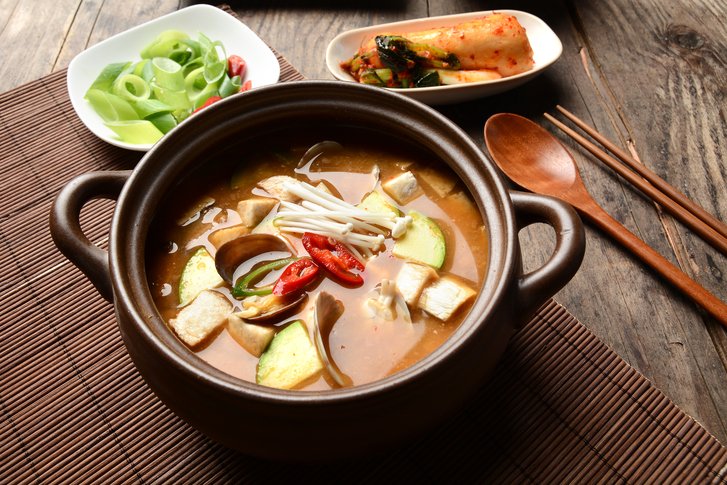
Ramyeon
Ramyeon, also known as ramen, is a popular Korean noodle soup dish. It typically consists of instant noodles cooked in a flavorful broth and topped with various ingredients such as sliced meat, vegetables, and a boiled egg. Ramyeon is a quick and satisfying meal that is enjoyed by people of all ages.
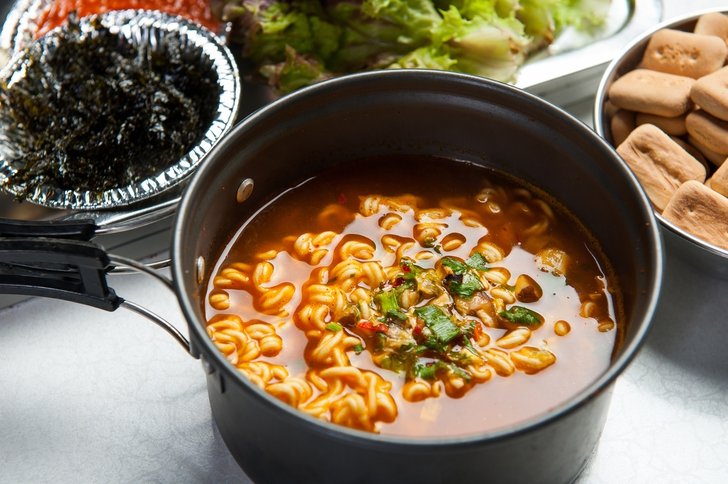
Kimchi-jjigae
Kimchi-jjigae is a spicy and flavorful stew made with kimchi and other ingredients such as pork, tofu, and vegetables. The fermented kimchi adds a tangy and robust flavor to the stew, making it a popular choice for those who enjoy spicy food. Kimchi-jjigae is often enjoyed with a bowl of steamed rice.
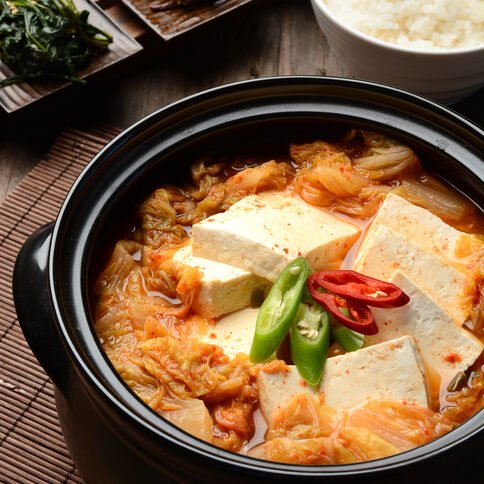
Miyeok-guk
Miyeok-guk is a traditional Korean soup made with seaweed, often enjoyed as a birthday soup or a comforting dish for new mothers. It is a non-spicy soup that is rich in nutrients and flavors. Miyeok-guk is believed to have health benefits and is often enjoyed for its savory taste and nourishing qualities.
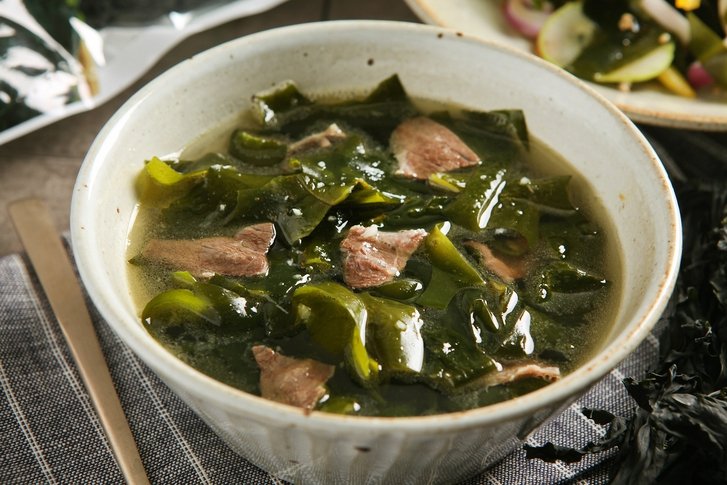
Common Korean Ingredients and Dishes
Eomuk
Eomuk, also known as fish cakes, are a popular ingredient in Korean cuisine. They are made by grinding fish and mixing it with starch, seasoning, and other ingredients, before being formed into the desired shape and steamed or boiled. Eomuk is commonly added to soups or enjoyed on its own as a snack.
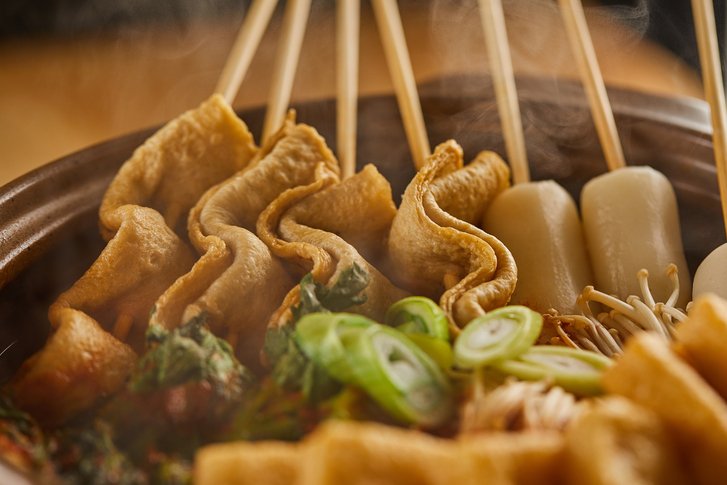
Twigim
Twigim refers to a variety of deep-fried food, including vegetables and seafood. It is a popular street food in Korea and is often enjoyed as a snack. Twigim can include items such as fried sweet potatoes, battered and deep-fried shrimp, and crispy fried vegetables. It is a delicious and indulgent treat.
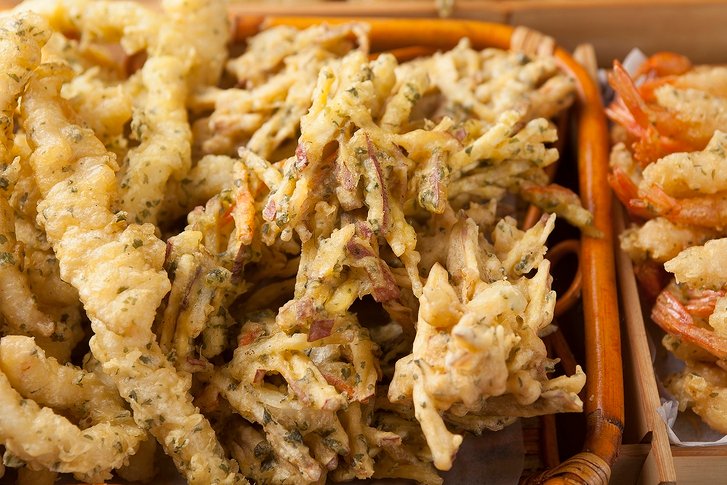
Gimbap
Gimbap is a Korean dish that is similar to sushi. It consists of cooked rice, vegetables, and other ingredients rolled in a dried seaweed sheet. Gimbap is a versatile dish that can be customized with various fillings such as tuna, beef, or kimchi. It is a popular choice for picnics, lunchboxes, or a quick meal on the go.

Hotdogeu
Hotdogeu refers to corn dogs, a popular street food in Korea. It consists of a hot dog on a stick that is coated in a cornmeal batter and deep-fried until golden and crispy. Hotdogeu is often enjoyed with ketchup or mustard and is a favorite snack for both kids and adults.

Dakgangjeong
Dakgangjeong is a Korean fried chicken dish that is sweet and spicy, with a crispy coating. It is made by deep-frying bite-sized pieces of chicken and then coating them in a sticky and flavorful sauce. Dakgangjeong is a popular dish for gatherings or as a snack while enjoying a night out.
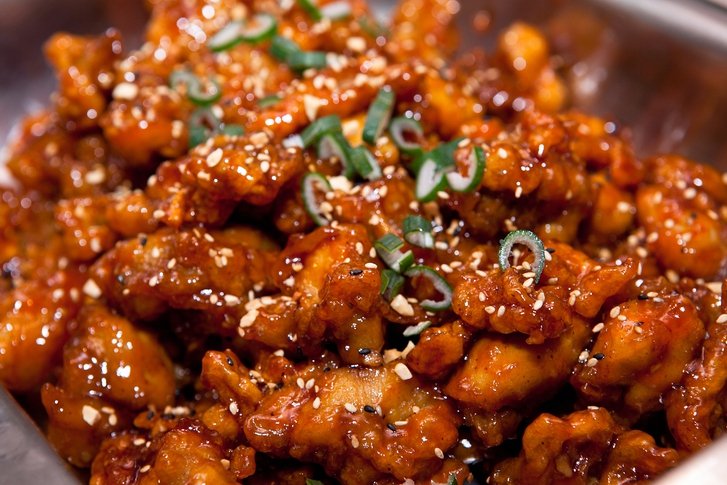
Kkwabaegi
Kkwabaegi are twisted donuts that are covered with sugar. They are a popular sweet treat in Korea and are often enjoyed as a snack or dessert. Kkwabaegi are made by deep-frying dough that has been twisted into a unique shape, resulting in a crispy and delicious donut.
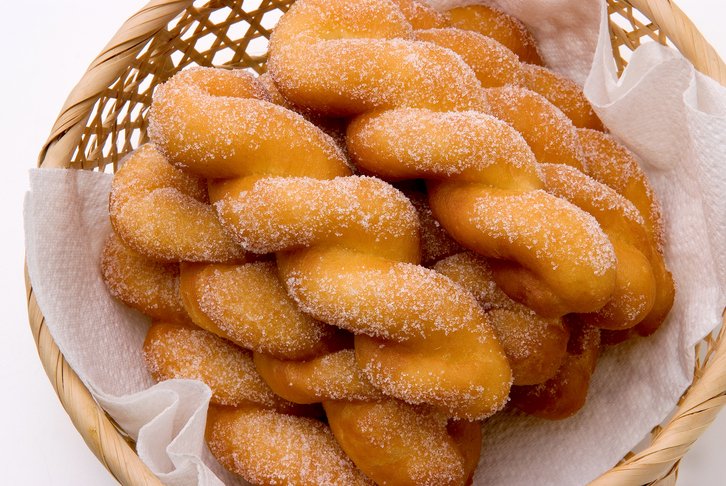
Hotteok
Hotteok is a type of pancake that is usually filled with brown sugar, cinnamon, and nuts. It is a popular street food in Korea and is often enjoyed during the winter months for its warm and sweet flavors. Hotteok is made by pan-frying the pancake until it is golden and the filling is melted and gooey.

Bung-o-bbang
Bung-o-bbang are fish-shaped pastries that are filled with sweet red beans. They are a popular street food in Korea and are often enjoyed as a snack or dessert. Bung-o-bbang are made by pouring batter into a fish-shaped mold and filling it with sweet red bean paste before being baked until golden and crispy.
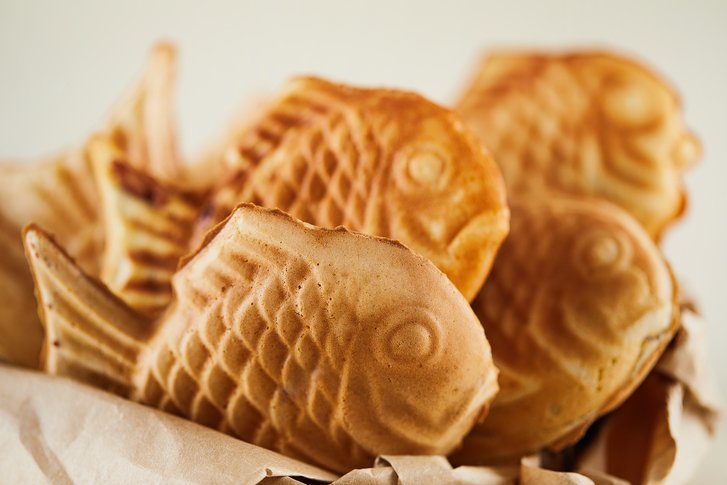
Gun-goguma
Gun-goguma are roasted sweet potatoes, a popular snack in Korea. They are typically cooked by roasting them over an open flame, resulting in a caramelized and sweet flavor. Gun-goguma are enjoyed for their natural sweetness and are often eaten during the colder months for their warming properties.
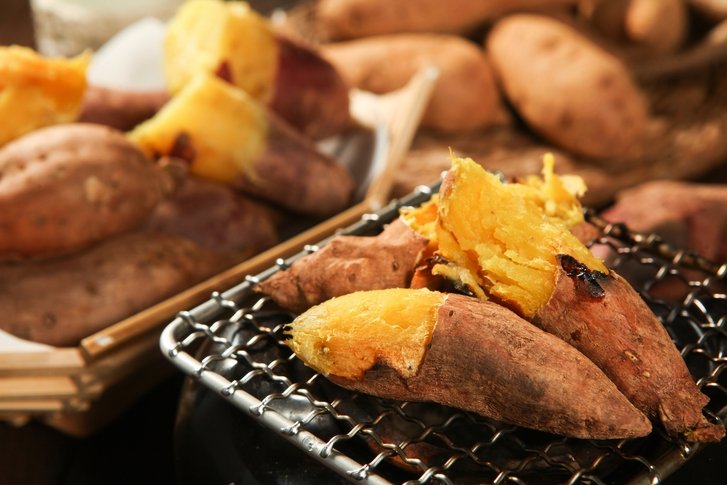
Korean Food Pronunciations
Kimchi
Kimchi is pronounced as “kim-chi.”
Bibimbap
Bibimbap is pronounced as “pi-bim-pab.”
Naengmyeon
Naengmyeon is pronounced as “neng-myeong.”
Japchae
Japchae is pronounced as “chap-che.”
Banchan
Banchan is pronounced as “pan-chan.”
Mandu
Mandu is pronounced as “man-du.”
Doenjang-jjigae
Doenjang-jjigae is pronounced as “twen-jang-jji-ge.”
Ramyeon
Ramyeon is pronounced as “la-myeon.”
Kimchi-jjigae
Kimchi-jjigae is pronounced as “kim-chi-jji-ge.”
Miyeok-guk
Miyeok-guk is pronounced as “mi-yeok-kuk.”
Eomuk
Eomuk is pronounced as “eo-muk.”
Twigim
Twigim is pronounced as “twi-gim.”
Gimbap
Gimbap is pronounced as “kim-pap.”
Koneudogeu
Koneudogeu is pronounced as “ko-neu-do-geu.”
Dakgangjeong
Dakgangjeong is pronounced as “tak-kang-jeong.”
Kkwabaegi
Kkwabaegi is pronounced as “kkwa-be-gi.”
Hotteok
Hotteok is pronounced as “ho-tteok.”
Bung-o-bbang
Bung-o-bbang is pronounced as “pung-o-ppang.”
Gun-goguma
Gun-goguma is pronounced as “kun-ko-gu-ma.”
Gochujang
Gochujang is pronounced as “ko-chu-jang.”
Gochugaru
Gochugaru is pronounced as “ko-chu-ka-ru.”
Chamgireum
Chamgireum is pronounced as “cham-ki-reum.”
Baechu
Baechu is pronounced as “pe-chu.”
Dubu
Dubu is pronounced as “tu-bu.”
Kaennip
Kaennip is pronounced as “kken-nip.”
Gim
Gim is pronounced as “kim.”
Tips for Pronouncing Korean Words
Learn Korean Phonetics and Phonology
To improve your pronunciation of Korean words, it is important to understand the phonetics and phonology of the Korean language. Familiarize yourself with the sounds of the language and practice reproducing them accurately.
Practice Pronunciation
Regular practice is key to improving your pronunciation. Take the time to practice speaking Korean words out loud and pay attention to the correct pronunciation of each sound. You can also use online resources or language learning apps that provide pronunciation exercises and feedback.
Seek Assistance from Native Korean Speakers
If possible, seek assistance from native Korean speakers to help you with your pronunciation. They can provide guidance, correct any mistakes, and offer valuable insights into the nuances of the language. Engaging in conversations with native speakers will also give you the opportunity to practice speaking and listening skills.
Use Language Learning Resources
Utilize language learning resources such as textbooks, audio materials, or online courses that specifically focus on Korean pronunciation. These resources often provide explanations, examples, and practice exercises to help you improve your pronunciation skills.
Take a Korean Language Course
Consider enrolling in a Korean language course or joining a language exchange program. These formal learning environments provide structured lessons and opportunities to practice speaking and listening to Korean. The guidance of a qualified instructor can greatly enhance your understanding and pronunciation of the language.
By following these tips and dedicating time and effort to practice, you can improve your pronunciation of Korean words and enhance your overall language learning experience. Enjoy exploring the delicious and diverse world of Korean cuisine!





